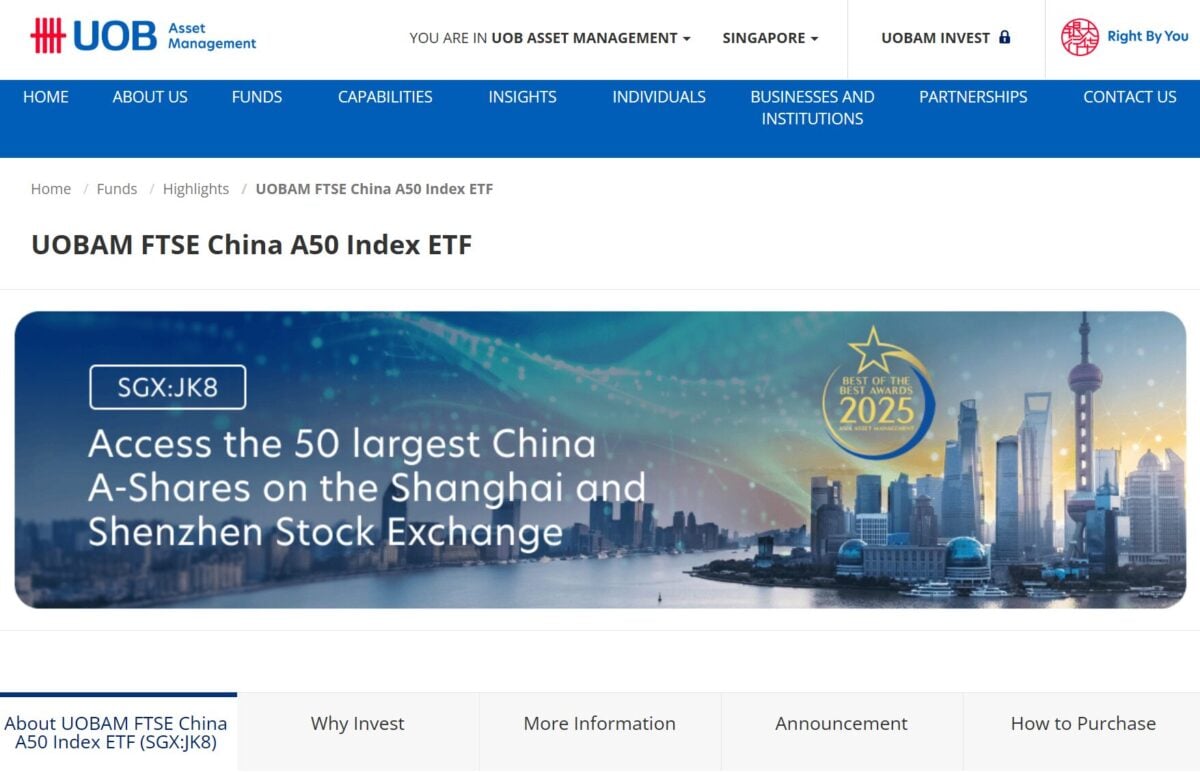
Often touted as a #LifeHack in advertisements, media and even conversations we have with our colleagues, friends and family, high-interest rates savings accounts have become a must-have in Singapore.
It’s hard to see why anyone would pass up such a great deal. These high-interest rate savings accounts claim to offer a much higher interest return on your balances, compared to the mediocre rates offered on regular savings accounts.
Why Your High-Interest Rate Savings Account Will Often Never Pay The Maximum Interest
If you’ve signed up for a high-interest rate account at any of the banks that offer it, you will quickly find that it’s almost impossible to earn the maximum interest offered by these accounts.
This is because they often require you to “jump hoops”. These hoops include crediting your salary, which you can obviously only do with one account, as well as completing transactions such as paying a certain number of bills through the account, spending above a certain amount on your credit card with the bank, and purchasing financial products such as investments or insurance, which you may already have or do not require, with the bank. You will also find that there will be a cap on your savings that can earn the juiciest interest rates.
Even after making certain long-term financial decisions, like buying a financial product, to unlock the higher interest rates, they can drop – as you may experience in the current stabilising interest rate environment.
We are not hating on high interest rate savings accounts, and this writer is the proud owner of one himself. Even if you’re unable to unlock the highest tiers of bonus interest, many of them may still offer better interest rates than a normal savings account.
Read Also: Best Savings Accounts for Working Adults in Singapore
Why You May Want To Go For A Savings Account That Doesn’t Require You To Jump Hoops
First and foremost, you’re not a circus tiger. Banks, the ringmasters in this situation, should not have the power to make you jump through hoops, only to light it on fire or add more hoops to make it more difficult for you to meet all the requirements that unlock the maximum bonus interest.
As individuals, it’s also a little stressful to have to keep track of all the transactions you have to complete each and every month. How much you’ve spent on your eligible credit cards, whether you’ve paid a certain amount of bills by the end of the month and even worry if your employer credits your salary promptly and correctly each month.
You only have 24 hours each day, and you have to choose how you are going to spend your free time. These tasks add little to-dos that can bog you down.
Next, any unnecessary transactions you make could negate all your hard work. If you realised you’ve fallen short of your required credit card purchases for the month to unlock higher interest rates, spending unnecessarily could render your efforts to earn a higher interest rate useless.
Many times, we could also have other credit cards that may offer us better cashback or miles than the ones tied to the bank that we need to use to unlock better interest rates. There may also be better investment or insurance options elsewhere, and we should not sign up for ones that do not suit our needs just to unlock the bonus interest rates.
Another drawback is that when we exceed the maximum caps placed on our high-interest rate savings accounts, any additional savings may only earn the base interest rate. As we’ve discussed above, banks can also simply reduce the interest rate in a lower rate environment – while buying certain financial products may require a long-term commitment.
Read Also: Here’s Why You Need To Optimise Your Savings Account Before Making Any Other Investments
The Best Savings Accounts – If You Don’t Want To Jump Through Hoops
Not all banks offer savings accounts with decent interest rates on your savings, especially those that do not require you to jump through multiple hoops. To save you time, we’ve done some of the research on which accounts require a minimal level of “jumping hoops” to receive a high interest rate.
As a caveat, we realise there may be limited options. And even though these options require some hoop jumping, the barriers (and mental stress to achieve them) are much lower compared to the high-interest rate savings accounts.
With banks starting to revise the interest rates on their high interest accounts amid the stabilising interest rate environment, these rates might also be subject to revision in the (near) future.
| BANK SAVINGS ACCOUNT | RATE (P.A) | TERMS AND CONDITIONS |
| GXS Savings Account | Up to 2.38% | • No minimum balance; maximum deposit is up to $95,000 • Base interest rate is 2.08% p.a. Balances in up to 8 GXS Saving Pockets can earn up to 2.38% p.a., and balances in up to 2 Boost Pockets can earn up to 2.78% p.a. for up to 3 months. |
| Mari Savings Account | 2.28% From 1 Apr 2025 |
• No minimum balance; maximum deposit is up to $100,000 |
| CIMB StarSaver Account | Up to 2.7% From 1 Apr 2025 |
• Must maintain a minimum balance of $1,000 • First $100,000 receives 1.19% p.a. • Next $150,000 receives 2.09% p.a. • Above $250,000 (and up to $5 million) receives 2.7% p.a. |
| Standard Chartered e$aver Bonus Interest | Up to 2.9% From 1 Feb 2025 to 31 Mar 2025 |
• Must maintain a minimum average daily balance of $1,000 • Bonus interest is paid when you bring in incremental fresh funds up to $2,000,000 • Deposit balance earns base interest of 0.05%; incremental balances receive 2.85% p.a. (Total interest of 2.9% p.a.) |
| UOB Stash Account | Up to 5.0% | • Must maintain a minimum balance of $1,000 • To earn the higher interest, must either maintain or increase your monthly average balance compared to the previous month • First $10,000 receives just 0.05% base interest p.a. • $10,000 > $40,000 receives 0.05% base interest p.a.; bonus interest 1.95% p.a. (Total interest of 2.00% p.a.) • $40,000 > $70,000 receives 0.05% base interest p.a.; bonus interest 2.95% p.a.(Total interest of 3.00% p.a) • $70,000 > $100,000 receives base interest 0.05% p.a.; bonus interest 4.95% p.a. (Total interest of 5.00% p.a) • $100,000 > receives 0.05% base interest p.a. |
| Citi MaxiGain Savings Account | Up to 3.01% | • No minimum balance required to earn base interest of 0.01% • Up to $100,000 receives base interest of 0.01% and bonus interest of up to 3.0% p.a. • Bonus rates of between 0.25% earned for each month you maintain or increase monthly balances, up to 3.0% p.a. |
| Vivid Savings Account | Up to 2.28% | • Must deposit an initial $500, but no minimum balance required • First $10,000 receives 1.28% p.a. • $10,000 > $200,000 receives 2.28% p.a. • Above $200,000 receives 0.88% p.a. |
Interest rates and T&Cs accurate as of 25 March 2025. In instances where future dates are provided, current rates may be higher until that point.
Read Also: Why It Makes Financial Sense To Separate Your Savings Account From Your Salary Crediting Account
One other thing you should consider is how much money you should be keeping in your savings account. This is because you could be using your money more efficiently by investing it.
What you can easily do is use a high-interest rate savings account and credit your salary to it. This should earn you a base interest rate that’s already decent. You can then put any money beyond the maximum cap levels on your high-interest savings accounts into these savings accounts with a lower barrier to earn a decent (albeit slightly less attractive) interest rate.
Similarly, if you have already hit the cap on your main high interest rate savings account, these savings account do not come with many hoops for you to continue earning a decent interest rate, rather than earn 0.05% beyond the bonus interest caps in your high interest rate savings accounts.
Read Also: Beginners’ Guide To Fixed Deposits In Singapore
The post Best Savings Accounts In Singapore – If You Don’t Want To Keep Jumping Through Hoops appeared first on DollarsAndSense.sg.











